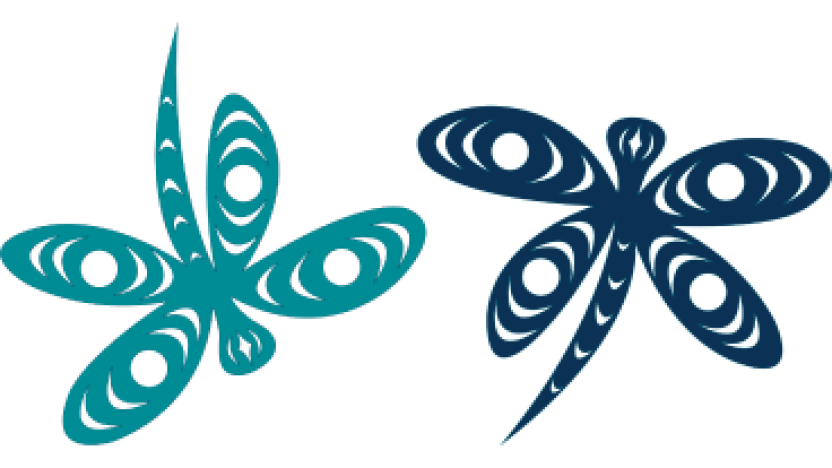Make the Switch!
Change your irrigation system to start over night and help our regional water distribution system.
In recent summers, the CRD's water system has struggled with sudden spikes in demand when many irrigation systems start simultaneously, typically at 4:00am, 5:00am and 6:00am on lawn watering days. These rapid increases can double water use instantly, straining the systems ability to maintain flow, pressure, and water quality.
Protecting our Regional Water Supply Infrastructure
Here are three easy ways you can help protect our regional water supply infrastructure:
- Switch to the new overnight lawn watering schedule for timed irrigation systems. Aim for your system to start between 12:00am and 3:00am.
- Stagger your irrigation system start time off the top of the hour to reduce the instantaneous demand. Pick a random time like 2:23am, 1:41am, 3:12am, etc.
- If you can, water flowers, veggies, trees and shrubs on non-lawn watering days. The watering schedule days only apply to lawns!
Read more about peak demands in our Peak Demand Information Sheet [PDF/261KB] and our Peak Demand Frequently Asked Questions sheet [PDF/99KB].
Lawn Care
Water use increases by about 44% in the summer months, primarily due to outdoor watering. Help reduce water use in the driest parts of the year by reevaluating your lawn care practices.
Follow these tips to manage the water your lawn uses wisely.
Healthy Soils
Rainwater Harvesting
Efficient Irrigation
Irrigation systems are great for maintaining a healthy lawn and garden, but if they're not properly maintained, they can waste a lot of water. In fact, up to 50% of home irrigation water is lost due to evaporation, runoff, overwatering, leaks, and poor system design, installation, or upkeep.




